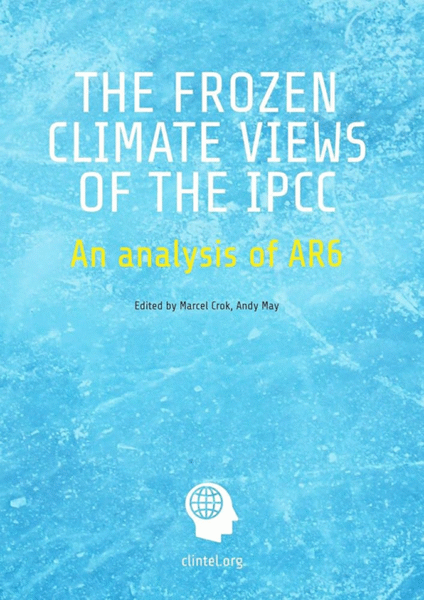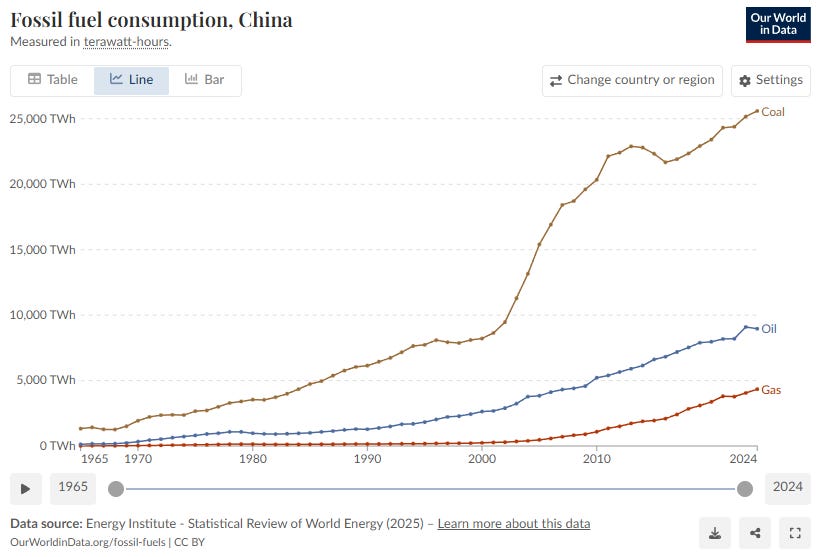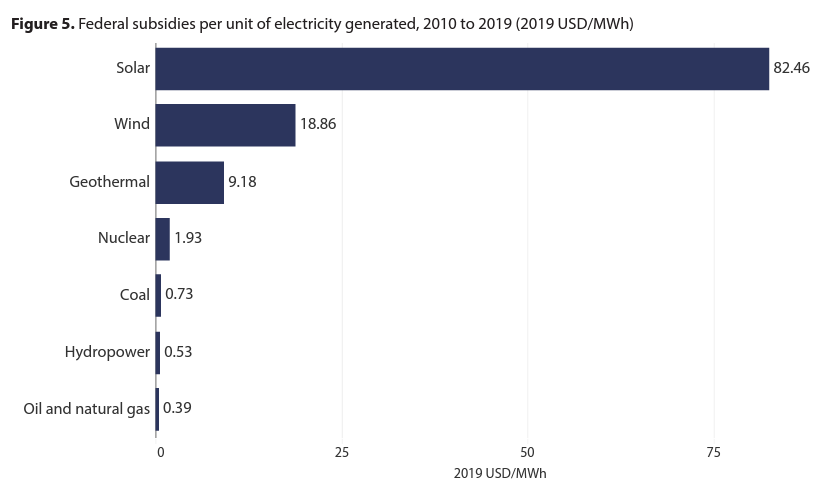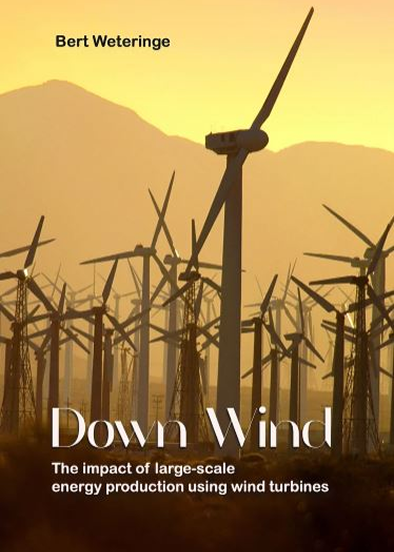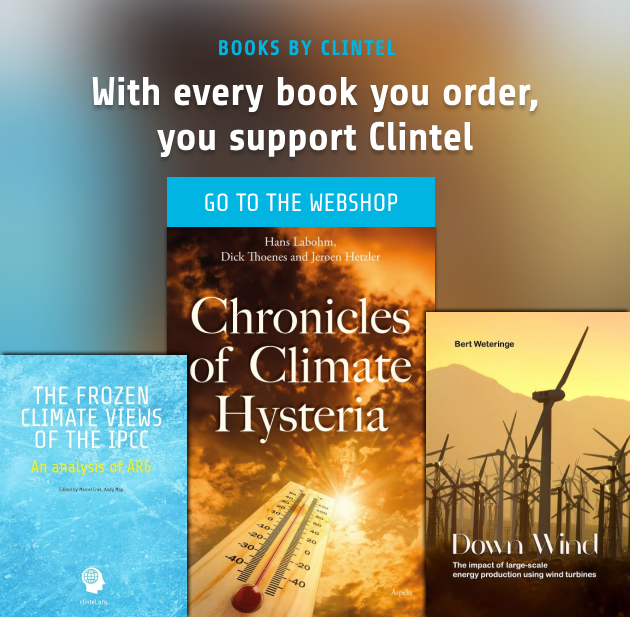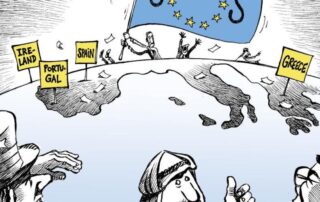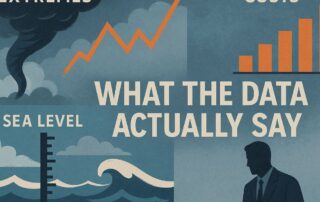The Transition That Never Transitioned: Fossil Fuels Still Powered 86% of the World in 2024
What 2000–2024 energy history actually shows.
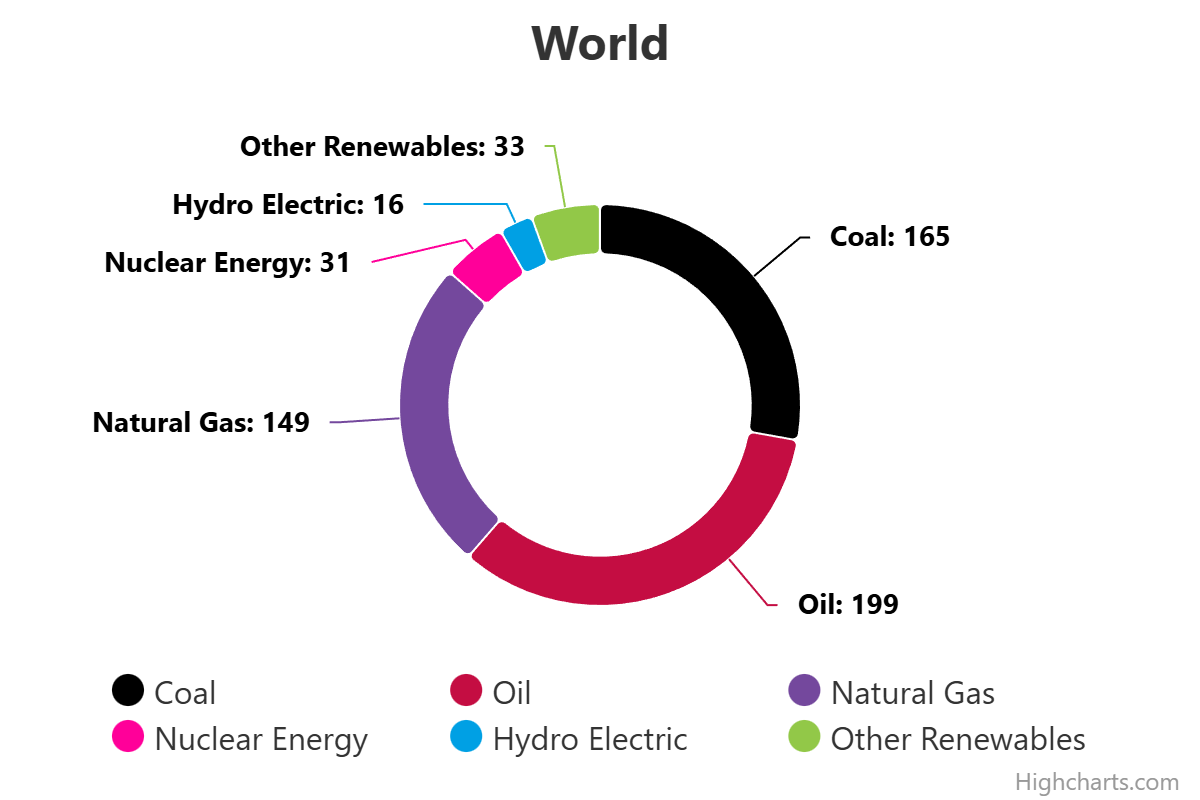
Global energy supply increased 2% in 2024 driven by rises in demand across all forms of energy,
with non-OECD countries dominating both the share and annual growth rates.
Fossil fuels continue to underpin the energy system accounting for 86% of the energy mix.
Source: https://www.energyinst.org/statistical-review/home
Dr. Matthew Wielicki
Date: 23 November 2025
A quarter-century of promises
It’s November 2025. We are exactly a quarter century removed from the millennial panic, the Kyoto Protocol hype, and the first waves of “irrevocable tipping points” that were supposedly coming in 10 years (i.e., 2010).
We were told that fossil fuels had to be phased out immediately, or the planet would warm by 5–6°C by 2100. 25 years, multiple trillions of dollars, millions of wind turbines and solar panels, and countless “last chance” climate summits later…
Fossil fuels supplied ~88% of global primary energy in 2000.
In 2024, they supplied 86%.
Let that sink in.
After a quarter century of the most expensive industrial policy in human history, the share of fossil fuels in global energy has declined by a whopping 2 percentage points.
The “energy transition” is a joke. Net Zero is delusional.
And the original justification, catastrophic 5°C warming, has quietly been abandoned even by the IPCC’s own models (now closer to 2–2.5°C, maybe 3°C in the very highest scenarios that nobody actually expects).
The gentle warming we’ve experienced (≈1.3°C since pre-industrial) has coincided with:
- Record crop yields
- Exploding global greening (14% more green leaf area since 1980s, thanks CO₂)
- No detectable increase in normalized disaster losses (EM-DAT data)
- Record low climate-related deaths (down 98% since 1920s)
I wrote about the disaster myth here if you want the receipts: The Myth of Increasing Disasters
The Energy Institute’s annual scoreboard
Wind + solar grew by a record amount… and still only supplies ~6% of primary energy. The “transition” isn’t displacing fossil fuels; it’s just adding on top to meet Asia’s insatiable demand for cheap, reliable energy.
The EI Statistical Review is the global energy scoreboard, published annually since 1952 and now in its third year under the Energy Institute’s custodianship. EI is a pro-net-zero professional body, not a skeptical shop, which makes their own framing this year especially revealing: they describe today’s world as a period of “energy addition,” where renewables grow fast but alongside record highs in coal, oil, and gas.
However, countries that bet heaviest on unreliables are paying the price. Remember the April 28, 2025 Iberian Peninsula blackout? Spain and Portugal — Europe’s poster children for “renewable leadership” (≈50% wind+solar in electricity on good days) — suffered the continent’s largest blackout in decades.
No storm. No heatwave. No cyberattack. Just too much intermittent generation, not enough inertia, and grid operators lost control in seconds. Millions in the dark, airports shut, hospitals on generators, trains stopped. I covered it here:
Spain & Portugal Blackout – A Warning from the Future of Energy
At approximately 12:30 p.m. local time, Spain’s national electricity grid suffered a
sudden loss of about 15 gigawatts—around 60% of the country’s power consumption
at that moment. This abrupt drop led to a cascading failure across the grid, plunging
Spain, Portugal, and parts of France and Andorra into darkness.
While we subsidise our solar panels into existence with coal-fired factories, China started construction on 94.5 GW of new coal plants in 2024, the highest level in a decade. They commissioned another 30.5 GW.
They now burn more coal than the rest of the world combined, export the green tech, keep prices low, and watch the West deindustrialise itself. I wrote the definitive thread on this:
China’s Coal Paradox: Driving Renewables Abroad While Burning Coal at Home
Oh, and in case you thought this was “market-driven,” solar got 205× more federal subsidies per unit of energy produced in the US (2010–2019) than oil and gas.
Clearly, solar has received the most subsidies per unit of electricity because it is one of
the largest recipients of subsidies while producing the second least amount of
electricity since 2010. Wind is second on this list because, while it produced more
electricity than solar, it is still a small part of the U.S. electricity mix. Nuclear and fossil
fuels generate much more electricity relative to the subsidies they received, which
indicates they are less dependent on subsidies for their revenue and profitability than
wind and solar. Source: Federal energy subsidies in the USA…
The 2025 Energy Institute review is 76 pages of charts that all tell the same story:
The era of fossil fuels is not ending. It’s barely even bending.
Do you want to see the actual numbers, the embarrassing wind/solar primary energy shares, the record energy growth, and why your electricity bill is about to go parabolic if we keep this up?
Then subscribe to Irrational Fear, where this article was published earlier. Paid subscribers get the full deep dive (with all the charts that’ll make your alarmist uncle cry at Thanksgiving) plus the entire back catalog — now over 420 unique articles.

Dr. Matthew Wielicki
Earth science professor-in-exile, climate and cultural realist, political orphan, pluralist, husband, father, friend, optimist, Irrational Fear Substack. Dr Matthew Wielicki also appears in the documentary Climate: The Movie on Clintel’s YouTube channel.
more news
The End of Europe’s Welfare State: Net Zero, Debt and Decline
In his latest analysis, Tilak Doshi argues that the mounting financial strain posed by Net Zero policies, ballooning public debt, and soaring welfare costs are pushing Europe's social protection model toward collapse—raising urgent questions about its viability.
DOE vs. the “Climate Expert Review”
In this piece, Dr. Matthew Wielicki contrasts the DOE’s climate findings with the so-called 'expert review,' showing how claims of worsening extremes and accelerating sea levels often run ahead of what the data actually reveal.
New book on the status of the climate issue – the world’s biggest problem or just a hoax?
Review of the book "Hoax! Why burning fossil fuels doesn't cause climate change" by physicist Darwin Throne. The book summarizes new developments in climate science in recent years, including results from satellite monitoring since 2000 (NASA CERES), and a new thermodynamic climate paradigm that matches reality, in contrast to the theories and models of the UN climate panel IPCC.
